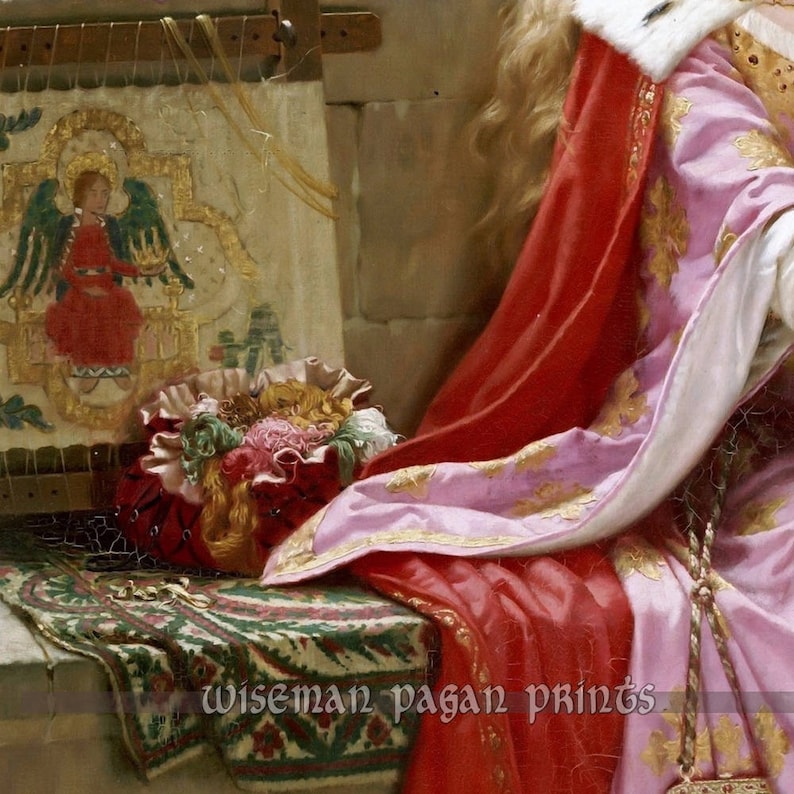
It is rather the prior medium in which differentiation in general is produced” (125–26). Derrida writes: “The ‘essence’ of the pharmakon lies in the way in which, having no stable essence, no ‘proper’ characteristics, it is not, in any sense (metaphysical, physical, chemical, alchemical) of the word, a substance. What you have discovered is a receipt (pharmakon) for recollection not for memory” (275b).Īs Derrida points out, the Platonic use of the word pharmakon questions the binaries of remedy/poison, good/bad, true/false, positive/negative. He says: “Those who acquire it will cease to exercise their memory and become forgetful they will rely on writing to bring things to their remembrance by external signs instead of by their own internal resources. However, Thamus rejects the gift, arguing that it is merely a way of reminding, not remembering. The Egyptian god of writing, Theuth, offers King Thamus writing as a receipt (pharmakon) for memory and wisdom. The French philosopher Jacques Derrida noted that in Phaedrus, Plato uses the word pharmakon to mean both poison and remedy. The idea of a potion that is both poison and cure had its origins in Plato’s Phaedrus, a Socratic dialogue about aesthetics, madness, and the nature of erotic love. Some scholars note that the changed story paralleled the emergence of patriarchal structures promoted by the emerging Church and State.

In the later version, the lovers drink the love potion by accident in the earlier version, it is Iseult who tricks Tristan into drinking it. She uses the potion to cast a spell over a male who would otherwise be indifferent towards her and thus chooses her own mate. The potion/poison that is the source of this passion maintains the lovers in a constant state of unrest and drives them to a premature death” (xvi).Īlthough the later versions of the story emphasize the reciprocity of the lovers’ feelings and Iseult’s inability to refuse her father’s wish to barter her in marriage, in the early Celtic version Iseult is represented as goodness capable of magical power. However, as the scholar Joan Tasker Grimbert puts it: “At the core of the legend as it evolved in the Middle Ages is a passionate love that is both fated and fatal, a mutual ardor so strong and exclusive as to override the most compelling family, social, and religious taboos. Throughout the centuries, the tale would take on different moral tones, with some emphasizing the transgressive nature of the relationship and others the power of their love. Although each of these versions is slightly different, they all share a similar narrative about Tristan and Iseult, who fall in love after drinking a magical potion and who, despite their best efforts to remain true to their other marital commitments, are unable to conquer their passion for each other. Norman French, Anglo-Norman, and Middle High German versions of the story appeared in the late 12th and early 13th centuries, written by four authors: Béroul, Eilhard von Oberg, Thomas of Britain, and Gottfried von Straßburg. Over time, its appeal spread to Italy, the Iberian Peninsula, Scandinavia, and Eastern Europe. The exact origins of the legend are difficult to pinpoint, as the story appears in Celtic, Persian, Irish, French, German, British, and Welsh traditions. He was elected a Foreign Honorary Member of the American Academy of Arts and Sciences in 1929.The legend of Tristan and Iseult’s love is one of the founding and most enduring myths of Western culture.

Binding.Bédier was also joint editor of the two-volume Littérature française, one of the most valuable modern general histories of French literature. Smith, into English by Hilaire Belloc and Paul Rosenfeld, and into German by Rudolf G. He was a member of the Académie française from 1920 until his death.His Tristan et Iseut was translated into Cornish by A. 1893).Modern theories of the fabliaux and the chansons de geste are based on two of Bédier's studies.Bédier revived interest in several important old French texts, including Le roman de Tristan et Iseut (1900), La chanson de Roland (1921), and Les fabliaux (1893). He was a professor of medieval French literature at the Université de Fribourg, Switzerland (1889 - 1891) and the Collège de France, Paris (c. Bédier was born in Paris, France to Adolphe Bédier, a lawyer of Breton origin, and spent his childhood in Réunion.


 0 kommentar(er)
0 kommentar(er)
